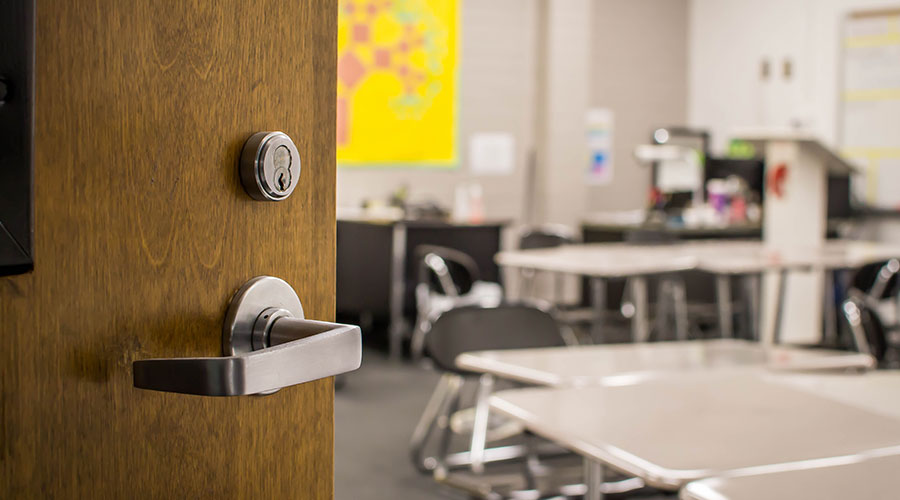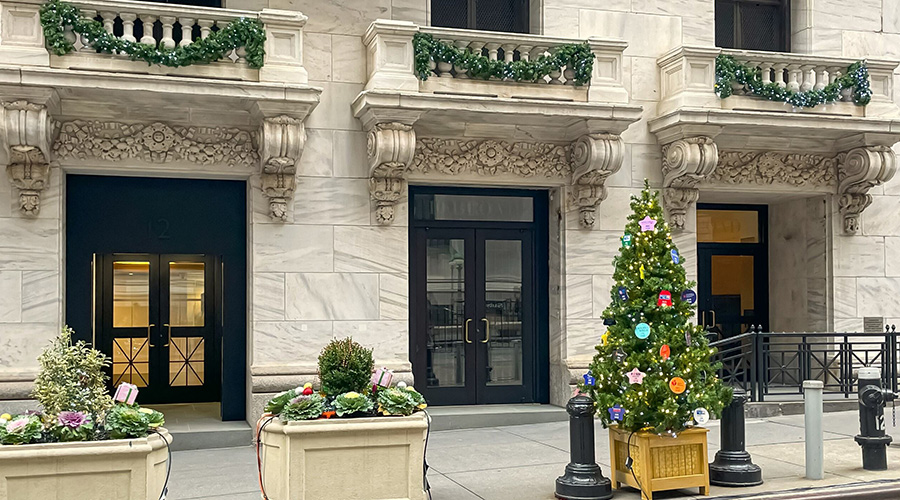When Do You Use Fire-Rated or Non-Fire-Rated Door Hardware?
Many advances in the technology of door hardware have eased some of the associated maintenance requirements, but managers still must consider regulatory changes that increase demands.
For example, NFPA rules state that owners are responsible for annual inspection of not only sliding, fire-rated doors, but of swinging and overhead doors, as well. The rules also mandate a person familiar with all parts, operating controls and hardware on that particular door perform the inspection.
Also, managers must be aware they need to report any modifications to the certifying party on the door label. Under certain conditions, the certifying entity might have to relabel the door to update the certification for the approved modification. In-house technicians can make some modifications, but the certifying party must make others.
Since codes vary by location, the local fire marshal or building inspector can make the final determination on whether to use non-fired-rated or fire-rated door and hardware.
Related Topics:













